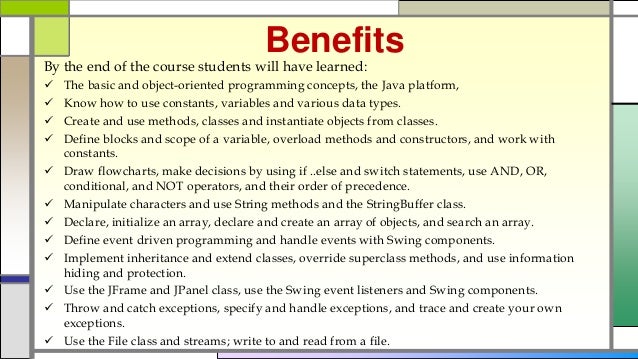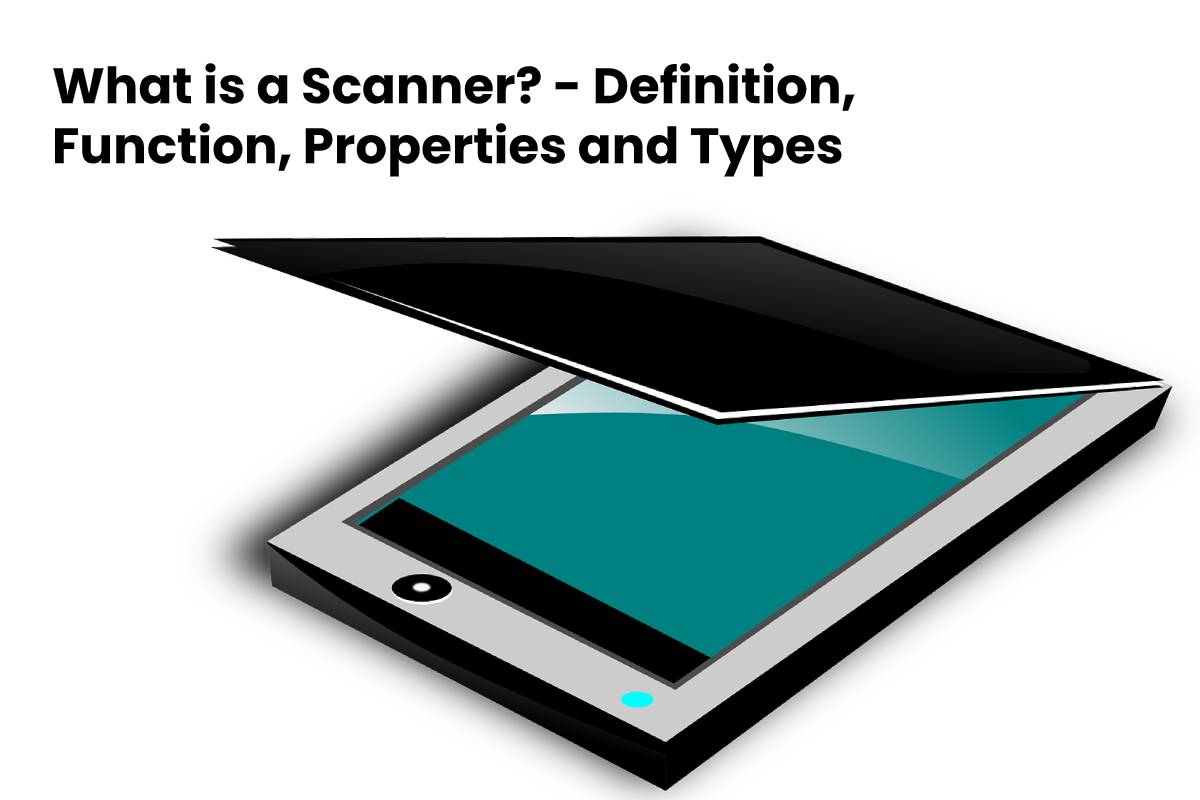
/Getty_visual_paradox-550370953-56afa70b3df78cf772c7203e.jpg)
In the future the threat will most likely derive from the digitized world of wireless communications and multimedia computers. The special role that textbooks play in education has been threatened in the past by programmed learning and computer-assisted instruction. Due to the high demands that tertiary level textbooks make on capital and expertise, many developing countries, particularly in Africa, have become dependent upon the larger, wealthier countries for these products. Equally variable are the locus of control for textbook content and the nature of the groups that vie for this control.

Across countries, subject areas, and grade levels, the position of textbooks in the educational process varies.

Textbooks evolved over the past 2,000 years from original works and compendia of such works, to illustrated and tightly structured presentations of subject areas, accompanied quite often by pedagogical directions, assessment materials, and practice exercises. As commercial products, they reflect particular states of print production, distribution, and use. As cultural artifacts they reveal, particularly through their latent or hidden curricula, particular societal values and norms. As surrogate curricula, they define areas of study and normal pathways through these areas. Textbooks are simultaneously surrogate curricula, cultural artifacts, and commercial products. Venezky, in International Encyclopedia of the Social & Behavioral Sciences, 2001


 0 kommentar(er)
0 kommentar(er)
